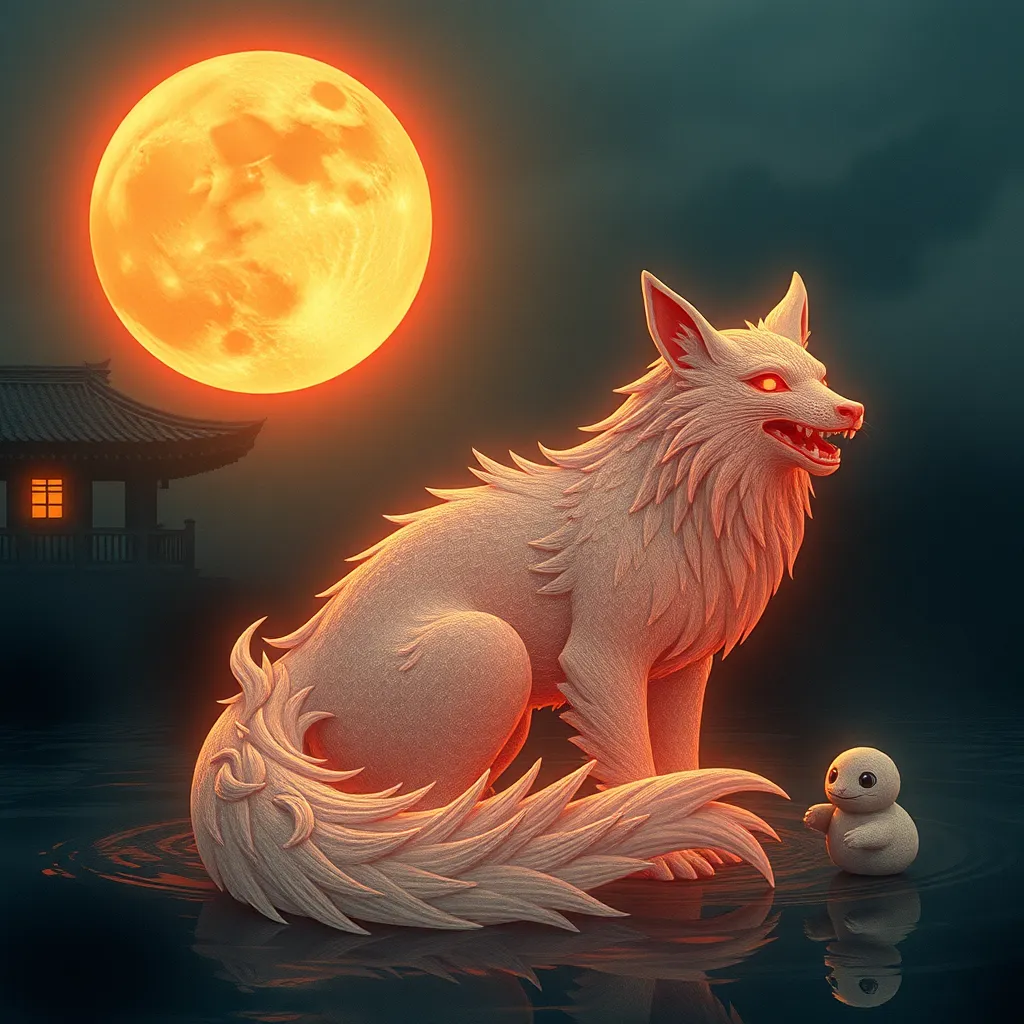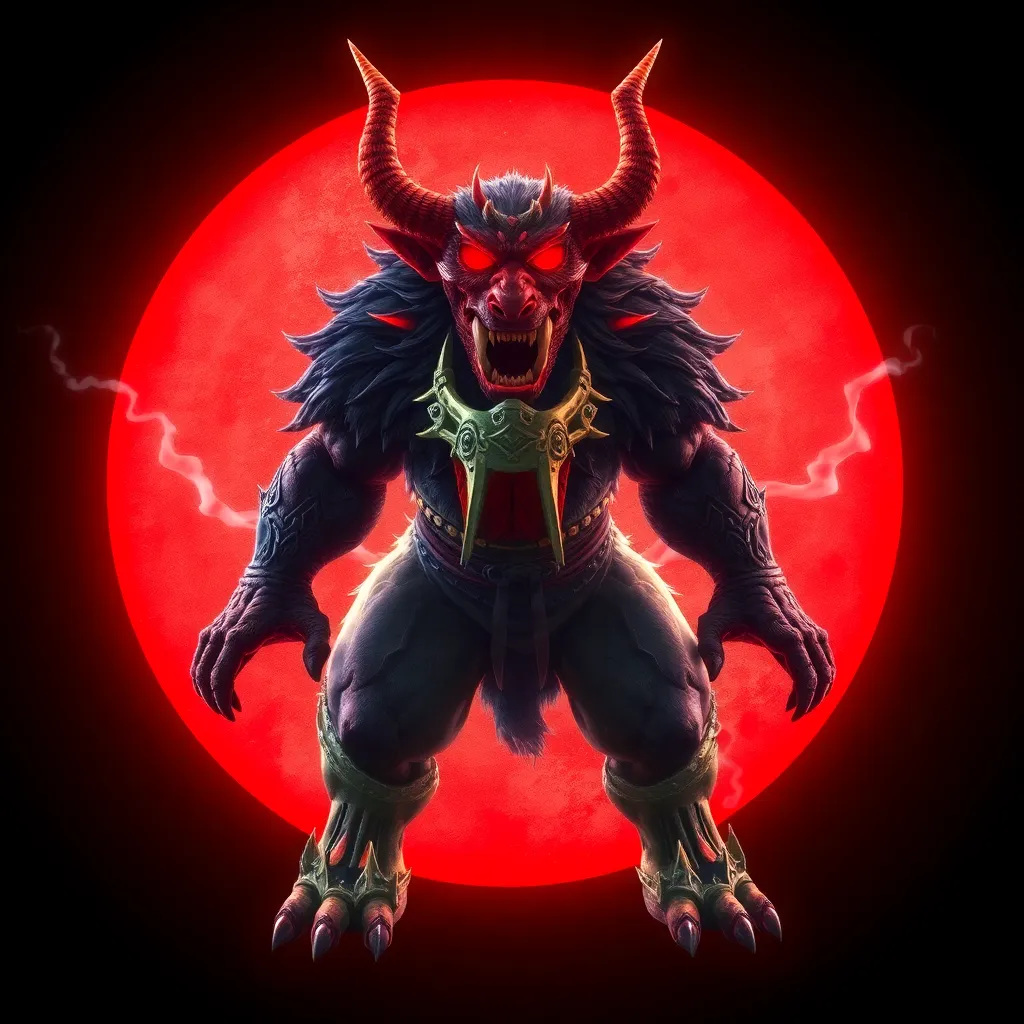Kitsune Folklore in Modern Japan: A Look at Contemporary Interpretations
I. Introduction
Kitsune, the Japanese word for fox, holds a significant place in Japanese folklore. Often depicted as mystical beings with the ability to shape-shift, Kitsune are deeply embedded in cultural narratives, embodying a duality of benevolence and malevolence. This article aims to explore contemporary interpretations of Kitsune, highlighting how these ancient myths adapt and evolve in modern contexts. Understanding folklore in today’s world is essential as it reflects societal values, beliefs, and the dynamic nature of cultural identity.
II. Historical Background of Kitsune Folklore
The origins of Kitsune myths can be traced back to ancient Japan, where they were regarded as messengers of the rice deity Inari. Over the centuries, the portrayal of Kitsune has evolved significantly:
- Origins and Evolution: Initially revered as sacred animals, Kitsune gradually became associated with both positive and negative traits, reflecting societal fears and hopes.
- Symbolism: Kitsune were seen as symbols of fertility, prosperity, and protection, often linked to agricultural success and family well-being.
- Dual Nature: The duality of Kitsune is a prominent theme; they can be benevolent, offering protection and guidance, or malevolent, capable of trickery and mischief.
III. Kitsune in Popular Culture
Today, Kitsune are ubiquitous in various forms of popular culture, particularly in literature, anime, and manga. Their representation has significantly influenced character development and storytelling:
- Literature: Kitsune often appear in contemporary novels exploring themes of identity and transformation.
- Anime and Manga: Series like “Naruto” and “Kamisama Kiss” feature Kitsune as central characters, showcasing their multifaceted nature.
- Modern Storytelling: The incorporation of Kitsune into narratives allows for rich character arcs, often exploring the tension between tradition and modernity.
IV. Kitsune in Modern Art and Fashion
The influence of Kitsune extends beyond literature and into the realms of visual art and fashion:
- Contemporary Visual Art: Artists are increasingly incorporating Kitsune motifs, blending traditional aesthetics with modern techniques.
- Fashion Trends: Designers are fusing Kitsune imagery into clothing and accessories, creating pieces that celebrate this rich folklore.
- Case Studies: Notable artists like Takashi Murakami and fashion brands such as Maison Kitsuné draw inspiration from Kitsune, showcasing their adaptability in modern contexts.
V. The Role of Kitsune in Digital Media
Digital media has transformed how Kitsune folklore is shared and experienced:
- Video Games: Kitsune characters are prominent in games like “Okami,” where they play pivotal roles in gameplay and story.
- Social Media: Platforms like Instagram and TikTok have become venues for fans to reinterpret and share their own Kitsune-related stories and artwork.
- Community Engagement: Online communities foster discussions and creative expressions surrounding Kitsune folklore, leading to a resurgence of interest.
VI. Kitsune as a Symbol of Cultural Identity
Kitsune play a significant role in shaping cultural identity in Japan and among the Japanese diaspora:
- Japanese Nationalism: As a symbol of Japanese culture, Kitsune can evoke feelings of national pride and identity, particularly in times of globalization and cultural exchange.
- Tradition vs. Modernity: Kitsune serve as a bridge between traditional folklore and contemporary society, reminding people of their roots while embracing modernity.
- Global Cultural Exchange: The appeal of Kitsune has crossed borders, influencing global perceptions of Japanese culture and folklore.
VII. Contemporary Rituals and Beliefs
Modern practices and beliefs surrounding Kitsune continue to thrive, often adapting to urban settings:
- Modern Practices: Festivals celebrating Inari and Kitsune remain popular, often incorporating new elements that reflect contemporary society.
- Resurgence of Traditional Beliefs: In urban areas, there is a revival of traditional beliefs, with new generations finding meaning in ancient customs.
- Globalization’s Impact: As cultural exchanges increase, local Kitsune-related customs adapt, blending with influences from outside Japan.
VIII. Conclusion
In conclusion, the evolving interpretations of Kitsune folklore illustrate the dynamic nature of cultural narratives. As society changes, so too does the significance of these ancient myths, reflecting contemporary values and beliefs. Preserving cultural narratives like those of Kitsune is crucial in maintaining a connection with the past while fostering a dialogue with the future. Future research can further explore the multifaceted role of Kitsune in modern contexts, ensuring that these stories continue to resonate across generations.



